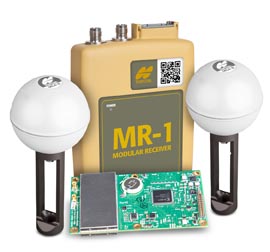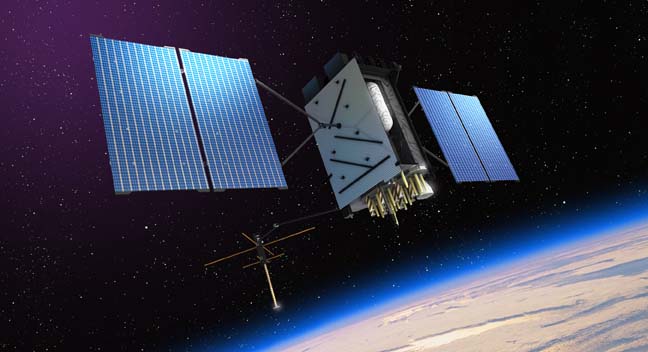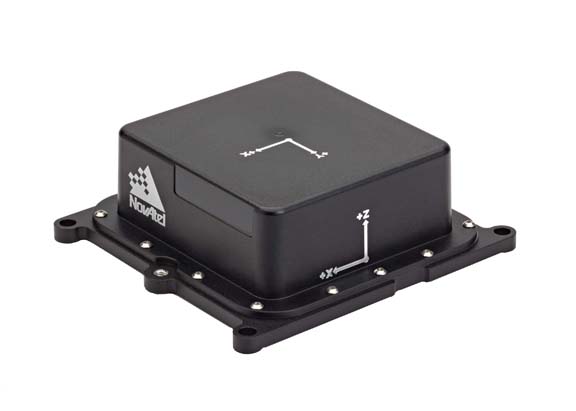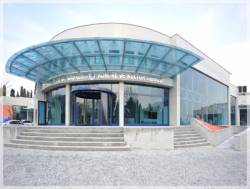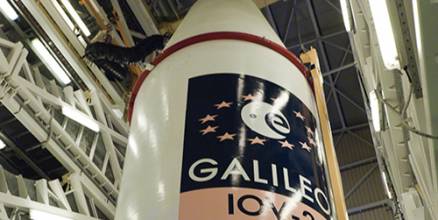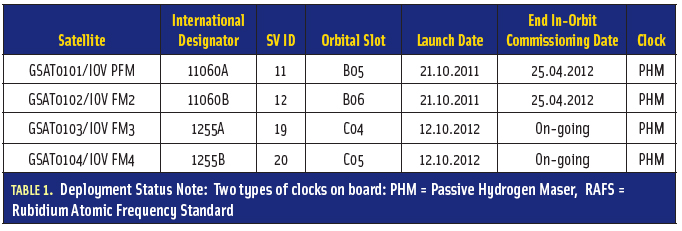GNSS summer school for young engineers to be held in Tokyo this August
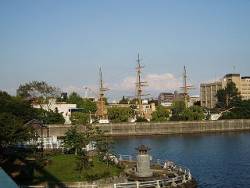
Doctoral-level graduate students and early-career engineers, researchers and instructors from Japan and the rest of the world are invited to a weeklong summer seminar this August in Tokyo, sponsored by the Institute of Positioning, Navigation and Timing of Japan.
The summer school will take place in from August 19 through August 24 at the Tokyo University of Marine Science and Technology (TUMSAT). Classes wil be held in English.
By Inside GNSS
